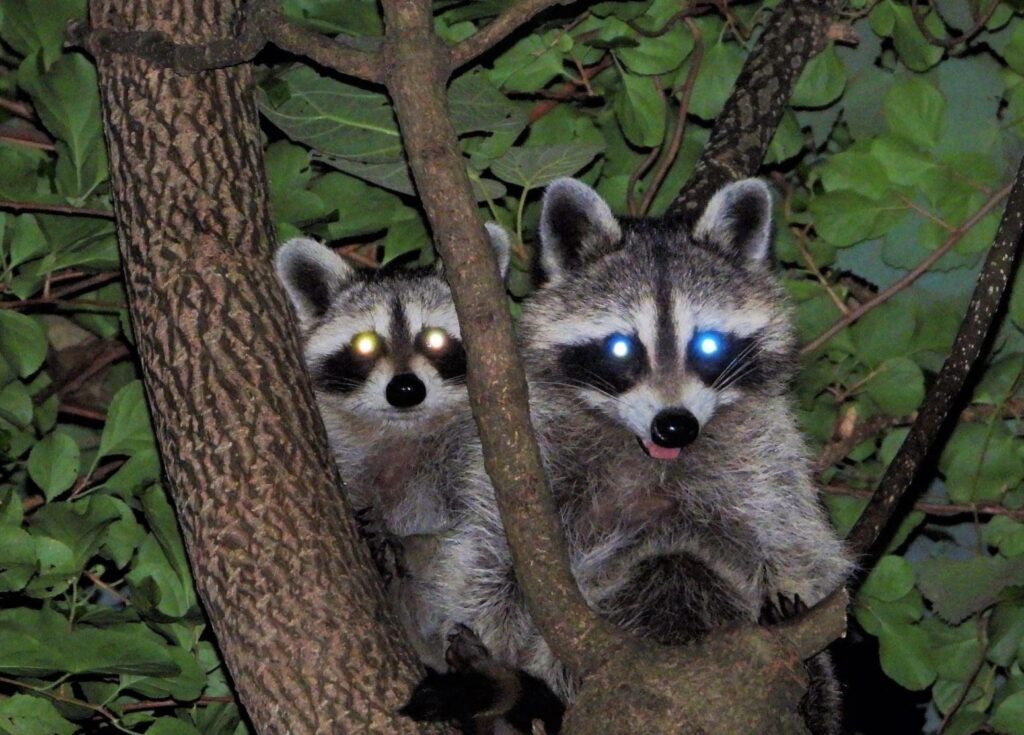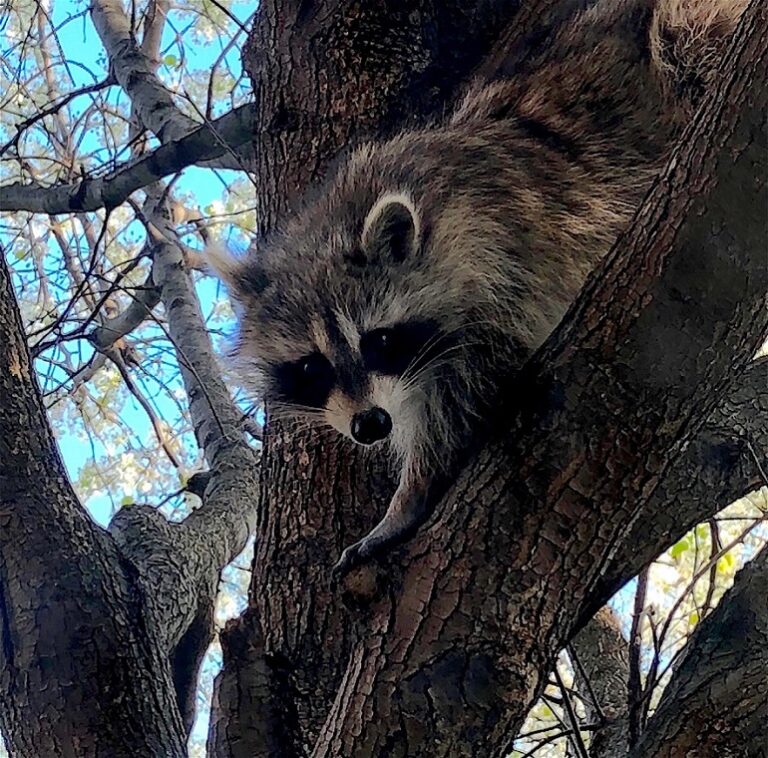
August 26, 2021
Can Raccoons Live In Trees In Your Yard?
Have you ever noticed scratch marks made by animal claws on the trees in your backyard? Raccoons are most likely the animals responsible for these marks.
They are known for being nocturnal creatures that are active at night, so you might not see one climbing a tree during the day. They might have made your trees their home and only come out to hunt at night.
Can Raccoons Climb Trees? Are They Good Tree Climbers?
Raccoons are very good at climbing and they have many reasons for climbing trees. For instance, a raccoon might climb a tree to rest there for a while and look out for prey simultaneously. The raccoons are able to climb the tree very quickly and are known to be excellent tree climbers.
However, raccoons do not make their long-term homes in the tree branches but are very likely to make a hollow tree trunk their home. As a shelter, the tree trunk will protect the raccoon from predators and harsh weather conditions.
Raccoons have also been known to dig their dens at the base of trees and only occasionally climb the tree to get temporary rest and hunt for prey.
Anytime you notice a raccoon climbing a tree on your property, it is a sign that the raccoon has made a den nearby.
If the raccoon seems to disappear before it reaches the branches, it has its home in the tree trunk. Even if you do not see the animals physically moving up the tree, they are known to leave other signs as they climb, such as scratches and claw marks on the bark of the tree.
Why Do Raccoons Climb Trees At Night?
Being nocturnal creatures, raccoons will spend most of their days resting and sleeping. If your tree bark is not protected, they will climb up at night when they are more active and playful. If they have made their home in the tree trunk, they will come out at night to enjoy nature while hunting for their prey such as rats and other small animals.
If you have bird nests on the trees, the raccoons will climb right up to them and throw away the nests. The raccoons will stay up all night, and this is when they will be climbing the trees more frequently.
These animals also climb the trees to explore their territory and ensure that they are in a place where they can easily access food. Their fingers resemble those of a human, and with them, they can do a lot of tasks.
The raccoons like to climb the trees at night to find a spot that is high up in the tree. While in this spot, they will be able to find food more efficiently. At times, they will climb so high to escape predators and ensure that they can survive the dangerous creatures that roam at night.

Do Raccoons Sleep In Trees?
Raccoons prefer to stay in places with a source of water nearby and plenty of tree cover. However, they are also adapted to various urban and suburban settings, and you will find evidence of these animals everywhere. During the day, this wildlife will climb the tree to get a safe place to rest and sleep.
The raccoons prefer to sleep in large holes in the trees and the hollow parts of the fallen logs. However, they will stay inside their den when they are not outside hunting, and simply relaxing. Mothers taking care of their young ones will also find a large tree hole far away from predators to ensure that they raise their babies in a safe place.
Apart from the occasional rest, the raccoon will not spend their sleeping time exposed to the outside world since they are adapted to staying in dens. The young ones that have been left in the tree nests will also spend most of their time sleeping.
Do Raccoons Make Nests In Trees?
Raccoons will make their nests just about anywhere they can find a comfortable and safe place to live in. They can make their nests in tree cavities, abandoned burrows, chimneys, barns, and attics.
They have a knack for spotting ideal places to make their homes, and the trees that are already hollowed out are the ideal spot for the raccoons to make their nests. They are skilled and can be able to dig, given their sturdy claws.
As such, nothing can deter them from making their nests in trees which means that they can make their homes anywhere they prefer.
Their habitats are temporary and usually used during the feeding season. Once they are done with feeding the young ones, they will move on to another place and temporarily stay in their dens.
The nests in the trees are some of the best means of defense against predators and the elements. As the raccoons climb the tree, they will leave marks in the bark given their sharp claws.
These animals will quickly make their nests in the trees if it is tall and wide enough to create a nest that’s big enough for them to live in. The mothers that are raising young ones will also prefer the trees as a place to stay safe and bring up their babies in a healthy and conducive environment.
Getting rid of raccoons can be a challenging task as there are numerous factors that contribute to your raccoon problem. If you think you currently have a raccoon problem in or around your property, then you’re in need of a professional wildlife trapper who can eliminate your raccoons.
So call Westchester Wildlife today and let our experienced and highly qualified trappers help with all your raccoon removal needs.
